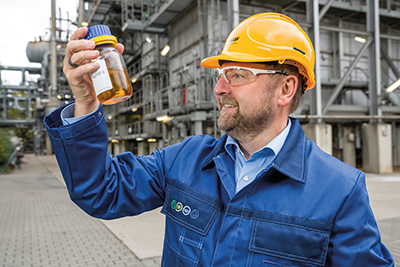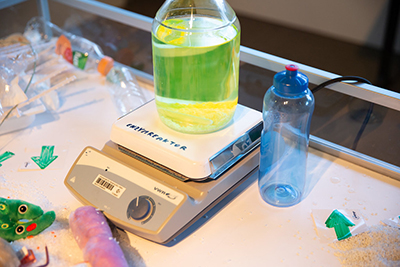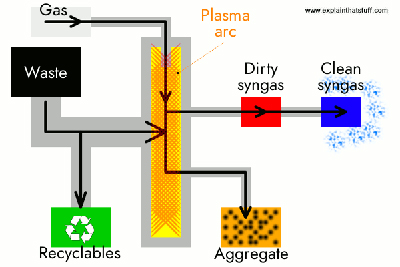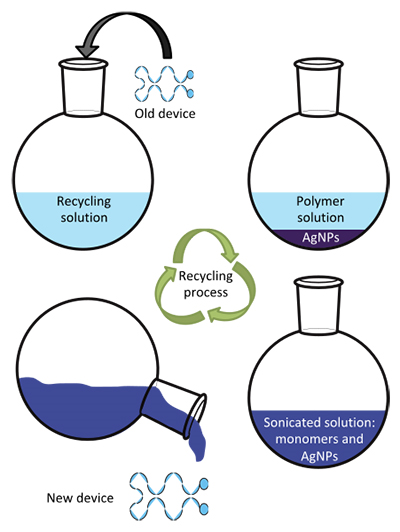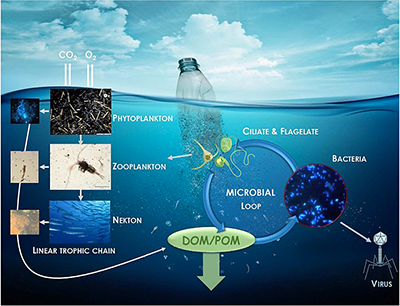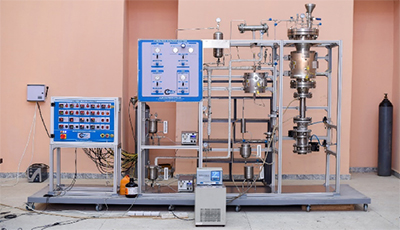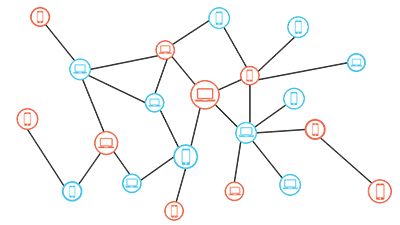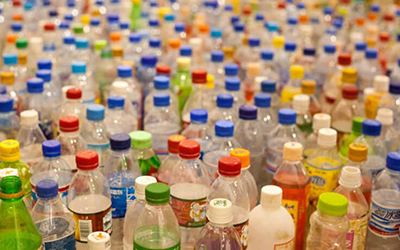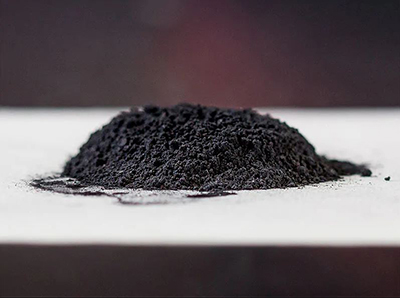Top 10 Breakthrough Technologies in Waste Plastic Recycling
New Observations on Waste Plastics
2025-03-20 09:47:59
The accumulation of plastic waste in the global environment represents a significant global crisis, as millions of tons of plastic materials are deposited in landfills, marine habitats, and ecosystems. Due to factors such as degradable materials and pollution, efforts to recycle plastic waste have been ineffective.
Recent technological advancements have transformed plastic recycling into an approach that delivers effective results and environmentally sustainable practices at a lower cost. The future of plastic recycling showcases ten groundbreaking technologies that we analyze in this article.
key technology comparison
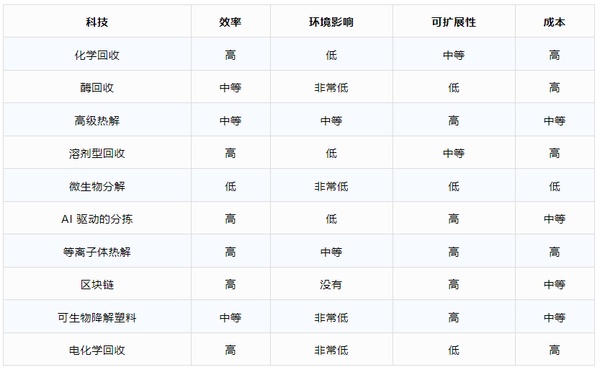
chemical recycling (depolymerization)
Depolymerization or chemical recycling converts waste plastics into their source molecules so that industry can create new plastics with original quality. This method ensures the complete integrity of materials to ensure plastic quality and retention, which greatly enhances the potential of the circular economy model.
converting plastic back into raw quality materials
reduce dependence on fossil fuels
can recycle mixed and contaminated plastics
Scientists have discovered a specialized enzyme that can break down plastics, including PET, into their basic raw materials. As an enzyme, PETase breaks down PET plastic into its fundamental structure, thereby achieving true closed-loop recycling.
high selectivity process, minimal waste
operate under mild conditions (low temperature, atmospheric pressure)
can handle contaminated plastic
efficiency improvements required for industrial-scale deployment
high production cost of enzymes
3. Advanced Pyrolysis (Conversion of Plastic to Fuel)
The fuel production process through pyrolysis places plastic waste in an oxygen-deficient environment to produce thermal decomposition. This process is capable of manufacturing synthetic fuel products, including synthetic diesel and gasoline and aviation fuel for non-recyclable plastics.
reduce waste in landfills
converting low-value plastics into high-value fuels
suitable for multiple plastic types
high initial investment cost
carbon emissions from fuel use
4. Solvent-based recovery
When the solvent separates the plastic from additives, dyes, and other contaminating elements, the plastic dissolves in this method. After purification, the recycled plastic acquires sufficient quality to become the raw material for future products.
produce plastic of near-native quality
can effectively remove pollutants
suitable for various polymers
chemical solvent safety and disposal issues
large-scale implementation is costly
5. Microbial decomposition
Scientists use bacteria and fungi as microorganisms to achieve natural degradation of plastics, thereby producing harmless final products. Laboratory studies have shown that bacteria such as Ideonella sakaiensis exhibit effective PET plastic degradation capabilities.
environmental protection, no toxic byproducts
can be potentially expanded for industrial applications
can work in a landfill environment
further research and optimization are needed
6. AI-driven sorting system
Due to the need for effective classification of various types of plastics, there are difficulties in recycling plastic materials. Combining machine learning with computer vision elements in sorting systems can improve the accuracy and separation speed between plastic materials.
reduce contamination in the recycling stream
improve the efficiency of waste management facilities
reduce operating costs over time
requires continuous updates and maintenance

Plasma pyrolysis represents an advanced version of the process, as it uses high-temperature plasma torches to convert plastic waste into syngas (synthesis gas), thus producing energy or chemical products that meet industrial needs.
efficient waste incineration power generation
reduce reliance on landfills
can process mixed plastic waste
requires specialized infrastructure
8. Transparent Recycling Blockchain
Blockchain has changed the way organizations monitor and verify their plastic waste collection efforts. Digital ledger technology creates an immutable system, making the waste collection process as well as processing and material reuse completely transparent.
Preventing fraud and greenwashing
strengthen accountability throughout the supply chain
encourage consumers to participate in recycling programs
needs to be widely adopted
9. Biodegradable and bio-based plastics
Biodegradable plastics represent sustainable plastic alternatives to traditional plastic materials, although they do not strictly fall into the recycling category. These alternative plastics are made from sugarcane or algae and cornstarch, and they can decompose without any natural assistance, thus fighting against pollution.
reducing dependence on oil-based plastics
minimize long-term environmental damage
can be composted under industrial conditions
specific composting conditions
may not be compatible with traditional recycling systems
10. Electrochemical recycling
By using electrochemical methods, it becomes possible to break down plastics into reusable elements. This new technology offers a sustainable and energy-saving solution for outdated traditional systems.
high recovery rate of valuable materials
potential of decentralized recycling facilities
still in the early stages of research
high energy input requirement
key technology comparison
Advanced technology guides plastic recycling to its future development through methods with specific advantages and limitations. Multiple groundbreaking innovations need to work in concert to become the perfect solution for addressing the global plastic crisis. As technology advances, these technologies will drive the creation of a sustainable plastic utilization cycle system.
【Copyright and Disclaimer】The above information is collected and organized by PlastMatch. The copyright belongs to the original author. This article is reprinted for the purpose of providing more information, and it does not imply that PlastMatch endorses the views expressed in the article or guarantees its accuracy. If there are any errors in the source attribution or if your legitimate rights have been infringed, please contact us, and we will promptly correct or remove the content. If other media, websites, or individuals use the aforementioned content, they must clearly indicate the original source and origin of the work and assume legal responsibility on their own.

